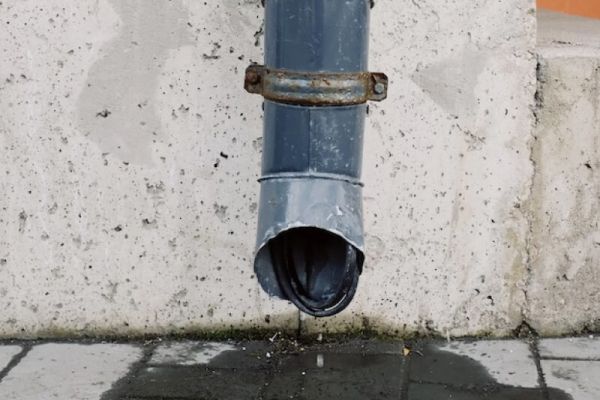In this article
How does drain lining work?
Drain relining is one of the ways we can repair damaged drainage pipes. It works by fixing a new pipe, called a lining, into an existing damaged pipe without needing to dig them all up and re-run across your entire drainage system. Bit by bit the lining slowly moves along the existing pipes until it covers the entire damaged area, once the liner is in place, an airbag within the liner is inflated, pushing the liner out to the diameter of the pipe.
It’s a beneficial way of fixing your damaged drains and ensures long-lasting structural reliability and prevents further deterioration of the drains, as the drain lining usually has a durability of over 50 years.
Benefits of drain lining
- There is no excavation or destruction to any surrounding area.
- It can be used for horizontal, vertical, and lateral pipes.
- It’s more cost-effective than pipe replacement by excavation.
- It stops cracks, erosion, and leaks, whilst preventing and combating root intrusion.
- It can line all pipes no matter how many bends there are.
- It increases the capacity of the pipe for flow.
- You only need to line the area that needs repair, and not necessarily the whole length of the piping.
- It’s more time-efficient, jobs that would normally take days can be done in hours.
When To Reline Drainpipes
- Unpleasant smells in the garden.
- Hearing the constant sound of running water, even when the taps are turned off.
- Unexplained wet floors in your house.
- Vermin, such as rats, being in the garden could be a sign of leaking drainage pipes.
- Sometimes a higher cost for your water can indicate damaged pipes.
- Having rust or debris in your water.
- Unexplained cracks in your walls.
- Presence of sludge in the bath or shower.
- Unusual growth in vegetation.
These are just some of the signs to look out for. If you suspect your drains could be damaged, check out our 9 signs you need to call a drain specialist or contact our drain repair specialists.
Get in touch
Contact our friendly and professional team via form, phone or email for any drainage issues you may have.
From blocked drains to septic tank repairs and replacements, we're here to help. We have over 25 years of experience and offer 24/7 emergency callouts.
-
01386 882324
-
WhatsApp
-
This email address is being protected from spambots. You need JavaScript enabled to view it. -
See what our customers think


